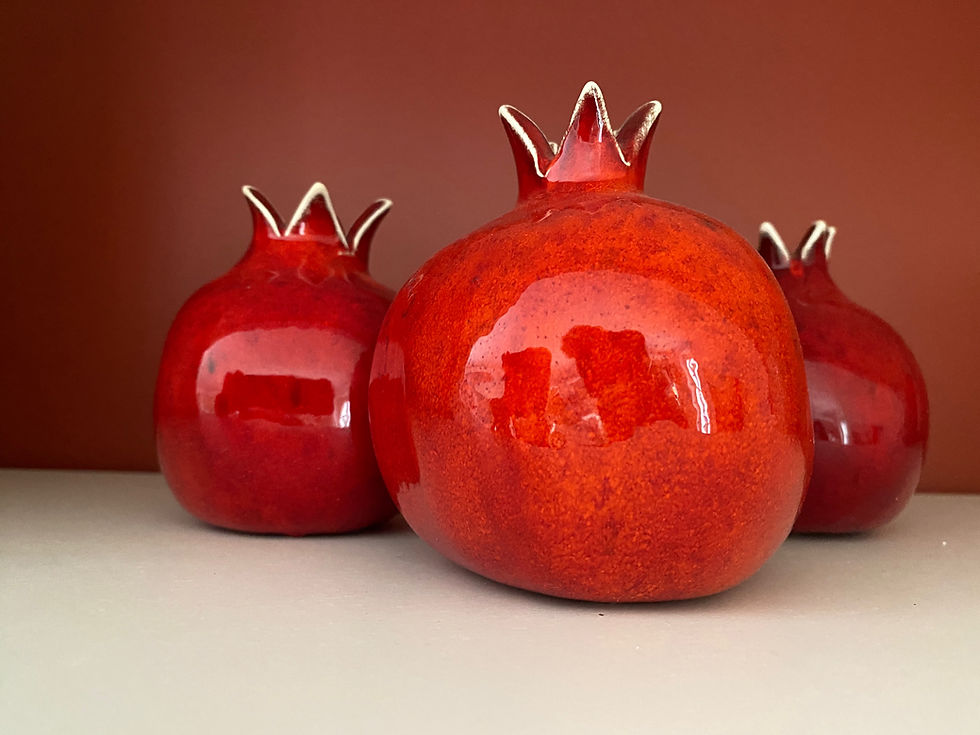A Reflection on my Grandfather
- The Rev. CJ Coppersmith

- Apr 5, 2024
- 2 min read

Dear friends,
My mother’s father was killed in the Mediterranean in World War II, and my grandmother later married a veteran, a lieutenant colonel who fought in the South Pacific. He had worked in the CCC camps near our town during the depression, graduated from Penn State in Forestry, and after the war he became a forester and executive for Hillerich and Bradsby, who made Louisville Slugger baseball bats. From him, I learned to love the forest and the trees and the creatures therein. When he worked in the CCC camps, he witnessed the tragic Pepper Hill fire of 1938 in which a number of young men perished (the lessons from this event have become a point of study for training firejumpers), and in World War II he saw combat and its results. Every night before bed the man got down on his knees and said prayers. I learned from that, and I think he carried both the grief of those events and gratitude at having survived them.
Later in his life he took up oil painting, and his work was beyond folk art, perhaps tending toward the primitive, yet authentic and thoughtful. He and my grandmother lived along the Allegheny River in northwestern Pennsylvania. It was rough country. He eventually purchased a fair amount of nearby forest land, and I would often go there with him – he loved to point out his favorite trees. There was a field adjacent to his land, and a small glade in the forest opened to it. The boundary was marked with barbed wire, as the neighboring farmer had some livestock.
This takes us to one of his paintings that I inherited after he died in 1999. I don’t actually know if he planned the poetry of this painting, or it reveals a subconscious upwelling of emotion, or he just painted what he saw that day. What I see is the aged tree in winter, the sap buckets tapping whatever sap might be left in the spring, and could the tree be how he saw himself, and the buckets how he saw his responsibility to his wife, his daughter, and perhaps to his step-grandchildren?
The barbed wire must be crossed to reach the field, where there are two bare patches in the snow, perhaps showing fresh earth. Is the barbed wire the sting of death, and the bare patches burial places for him and my grandmother after their passing? And finally, there, on the hill, near the opening sky, is the evergreen tree, flourishing in the death of winter.
It is, for me, a very moving work of art. It is grounded in the forest yet transcendent in its message. My grandfather grew up in a German Reformed Church in Pennsylvania, where over the altar was painted the words, “Wie lieblich sind deine Wohnungen”, which means, “How lovely is Thy dwelling place.” That is the destination that his painting portrays. And, if ever there was an Easter message of eternal life beyond the struggles of our days, this painting is, for me, that message.
Blessings,
CJ+








Comments